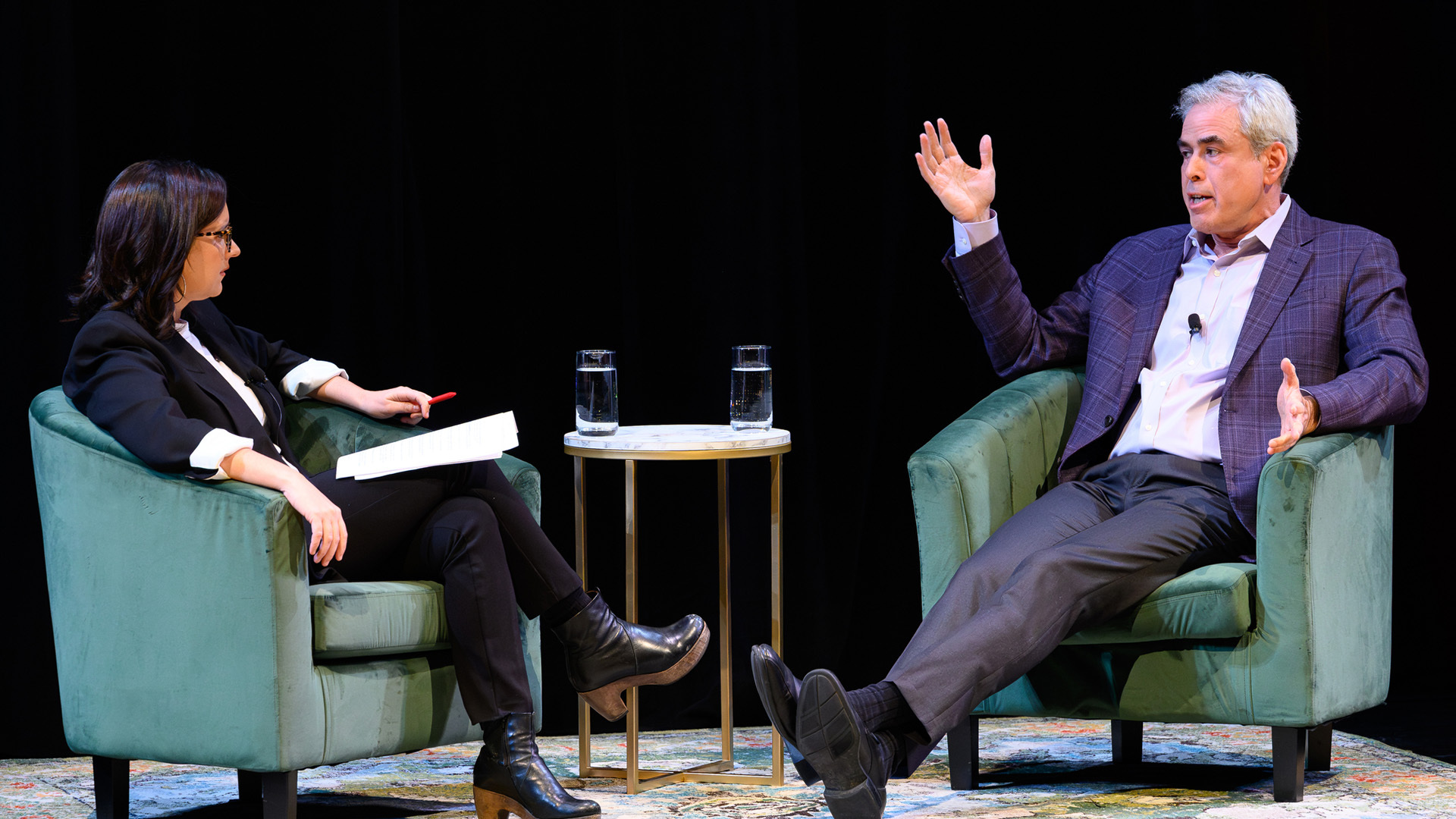When disaster strikes, make sure social media is in your emergency kit
You're crawling northward on Interstate 75 at the back end of a long line of Miami escapees, anxiously checking the rearview mirror for Hurricane Irma's storm clouds. Above is a lighted sign that says, "Stay off the cell phone!"
This may be the one time when you want to ignore that good advice.
Social media -- Facebook (FB), Instagram, Twitter (TWTR) and Snapchat (SNAP) -- helped save many victims of Hurricane Harvey, which drowned Houston, South Texas and parts of Louisiana with five feet of rain. Floridians awaiting the body slam of Hurricane Irma, which is packing 180-mile-per-hour winds and has already devastated a swath of the Caribbean, might want to use it too.
In fact, Florida Gov. Rick Scott puts out emergency messages on Twitter and announces press briefings that way. And Comcast (CMCSA) is aiding the effort to help people use social media by providing 137,000 free Wi-Fi hotspots from now until Sept. 15.
"The immense power of social media has been on full display this hurricane season," said WebiMax CEO Ken Wisnefski, founder of that social media marketing agency. "911 emergency lines were either down or jammed during the peak of the crisis."
As a result, people turned to Twitter and Facebook with pleas for help. In fact, the transmissions went both ways. "The Harris County Sheriff's Department in Houston actually used Twitter to provide the address of a woman who was headed into labor," said Wisnefski. "Government accounts utilized Twitter to provide updates on the threats and timeliness for weather conditions as well."
"Social media has come of age," he said. "Once people laughed at it, but now they are using it to look for areas where they can find shelter."
The biggest advantage is that a cry for help, even if it doesn't reach the emergency service workers, usually doesn't go unanswered. "Other people in the area 'hear' their request, and if they can get a location, they will come and help," said Wisnefski.
The advantage of these networks over the traditional cell phone has been obvious since the World Trade Center in New York collapsed in the terrorist attacks of Sept. 11, 2001. People caught in limbo on either side of the Hudson River were able to text and get messages through because internet wires often run underground, making them relatively secure. Since then, business have created many more public hotspots.
"Keep your cell phone on and look for a hotspot if you're lost or in trouble," advised Wisnefski. Of course, it also makes sense to keep your cellphone charged for as long as possible and to keep a portable charger as part of your hurricane emergency pack. "Your cell phone has replaced the crank radio that everyone used to keep for emergencies," he said.
The WebiMax CEO suggests using Snap Maps, a part of Snapchat, to help find the location of loved ones if they're missing. "It was a privacy issue for many, but that was then. This is now."
Of course, some social media (ab)users send out "fake news," including giving out false "emergencies" and sending police to locations that don't exist. Some even called for evacuations in places that weren't in danger.
"There's no way to get rid of fake news on social media," Wisnefski warned. "What people are saying, whether fake or factual, often becomes the accepted narrative. You just have to trust your instincts."
After the crisis is over, people can also turn to social media to help find missing and displaced family members, and sites like Facebook have seen thousands of postings, pictures and pleas for help.






